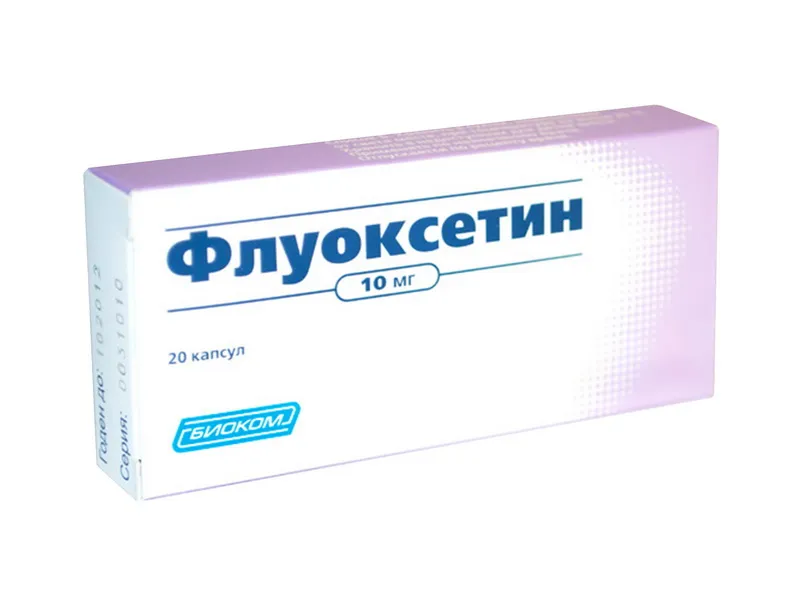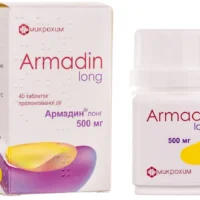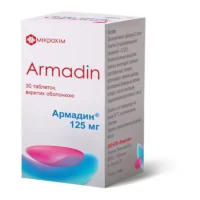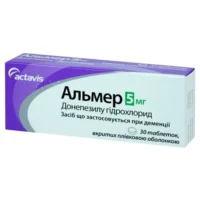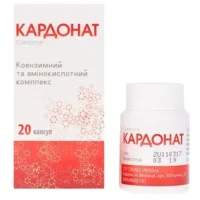Description
Fluoxetin (Fluoxetine) Coated Tablets 0.02 g. №10
Ingredients
Each coated tablet contains 0.02 g of fluoxetine. Inactive ingredients may include lactose, corn starch, hypromellose, titanium dioxide, and other excipients.
Dosage
The usual recommended dose is one tablet daily. Dosage may vary based on the condition being treated and individual response. It is important to follow the instructions provided by your healthcare provider.
Indications
Fluoxetin tablets are indicated for the treatment of depression, obsessive-compulsive disorder (OCD), bulimia nervosa, and panic disorder. It belongs to a class of medications known as selective serotonin reuptake inhibitors (SSRIs) which work by restoring the balance of serotonin in the brain.
Contraindications
Do not use fluoxetine if you are taking monoamine oxidase inhibitors (MAOIs) or thioridazine. It is important to inform your doctor about all medications you are currently taking to avoid potential drug interactions.
Directions
Take the tablet orally with or without food, as directed by your healthcare provider. Do not crush or chew the tablet. It may take several weeks for the full benefits of fluoxetine to be felt.
Scientific Evidence
Fluoxetine has been extensively studied in numerous clinical trials for its efficacy in treating various mental health conditions. Research has shown that fluoxetine is effective in reducing symptoms of depression, OCD, and panic disorder. A study published in the Journal of Clinical Psychiatry demonstrated the superior efficacy of fluoxetine compared to a placebo in the treatment of major depressive disorder.
Additional Information
Fluoxetine works by inhibiting the reuptake of serotonin, a neurotransmitter involved in regulating mood, emotions, and behavior. By increasing the levels of serotonin in the brain, fluoxetine helps improve symptoms of depression and other mood disorders.
Clinical studies have shown that fluoxetine is well-tolerated and effective in the long-term treatment of depression and anxiety disorders. Compared to other SSRIs, fluoxetine has a lower risk of causing certain side effects such as sexual dysfunction. However, individual responses to the medication may vary, and close monitoring by a healthcare provider is essential.

